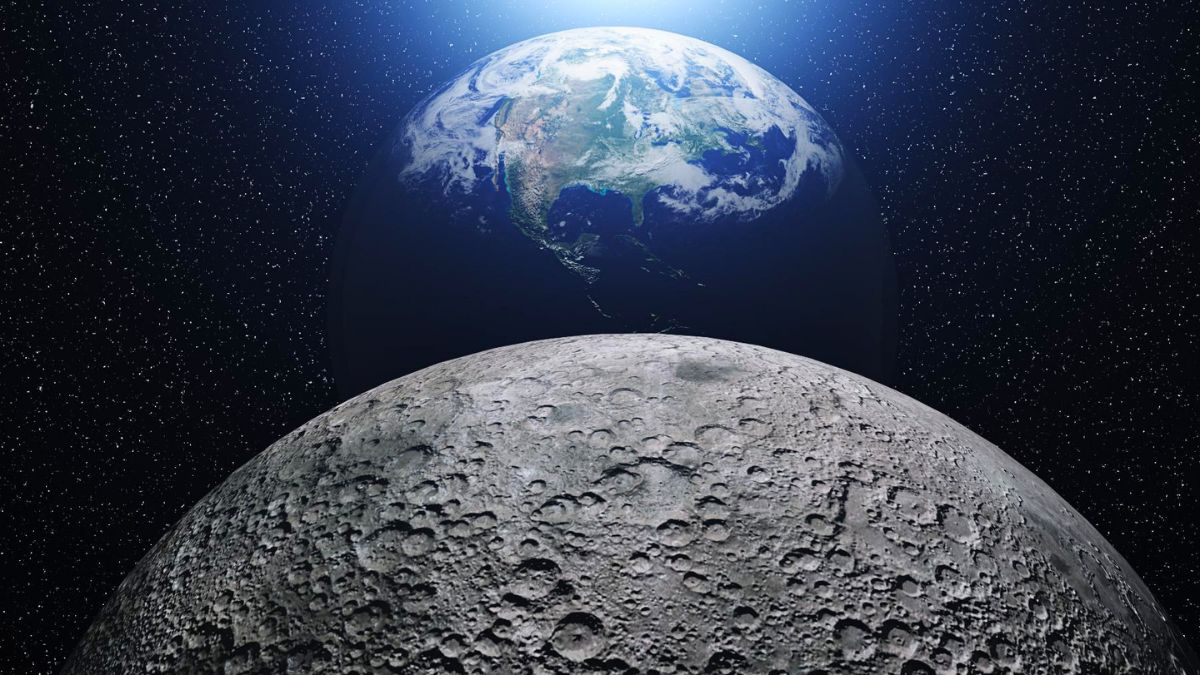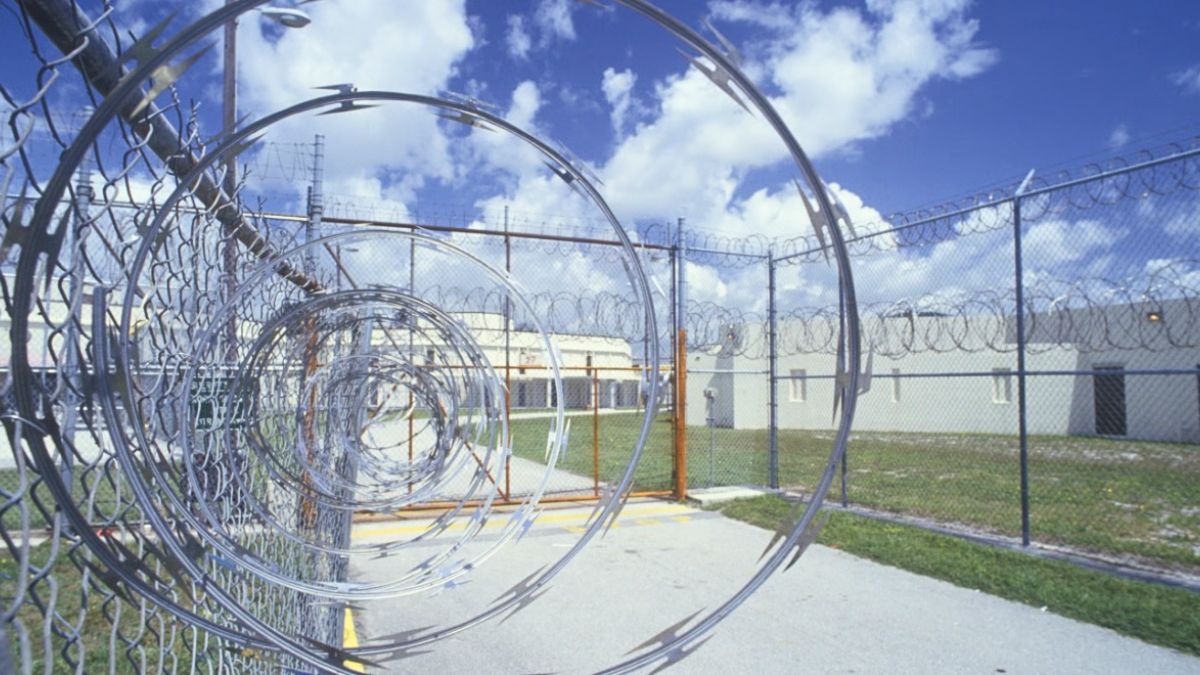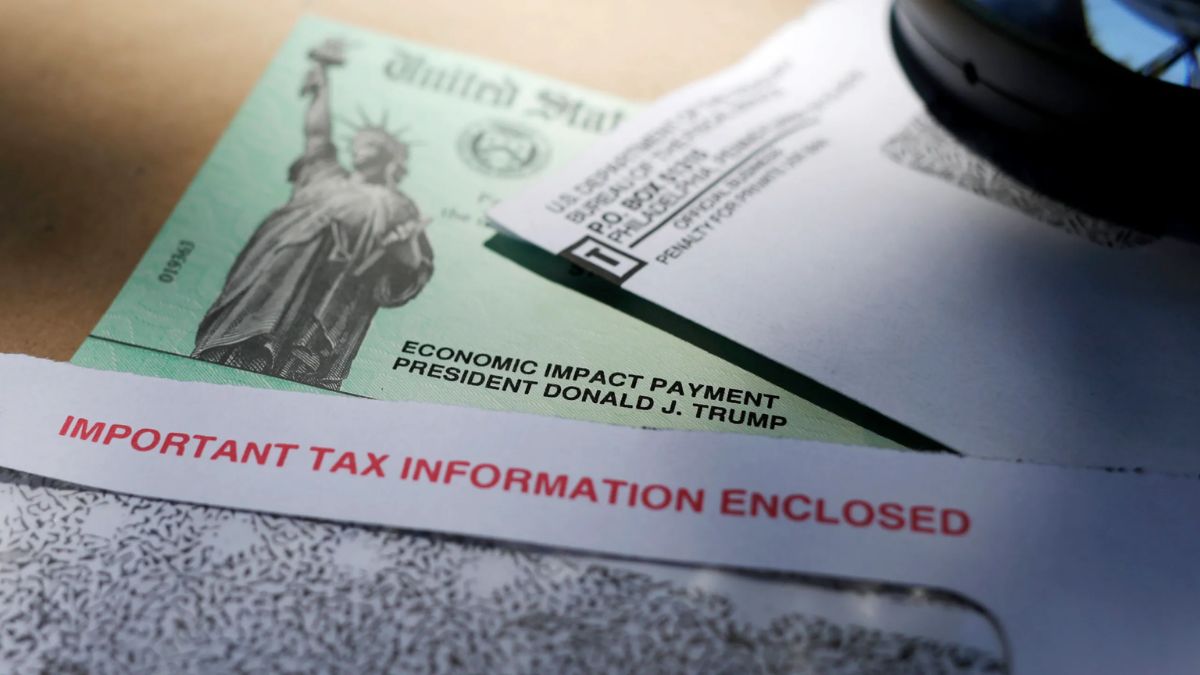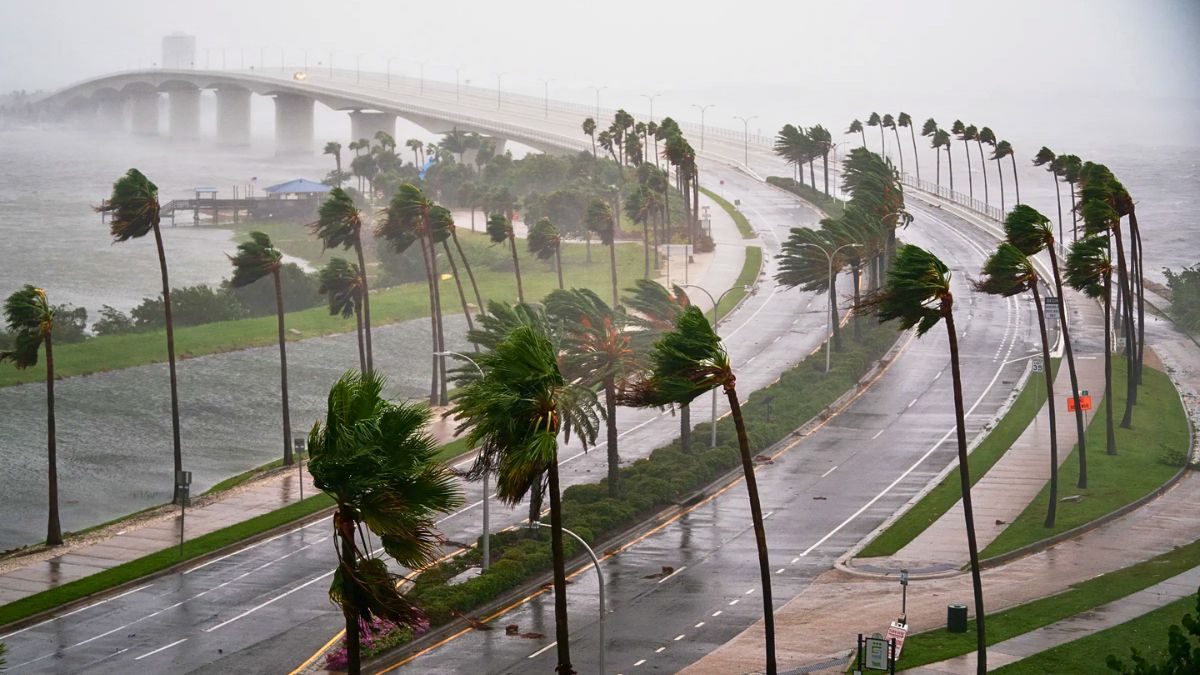Yes, it’s true—Earth no longer takes exactly 24 hours to complete a rotation. Don’t worry, you’re not spinning off your chair, because the change is only a few milliseconds. Still, the difference hasn’t gone unnoticed by scientists. In fact, July 5, 2024, gave us the shortest day ever recorded—1.66 milliseconds shorter than normal.
And the surprises don’t stop there. More short days are expected, and this seemingly tiny change could have a big impact on our technology.
Acceleration
The Earth has been gradually spinning faster over the last few decades. You can’t feel it, but observatories and atomic clocks certainly can. On one of the shortest days this year, time slipped by just a hair faster—only 1.37 milliseconds less than 24 hours. It sounds like nothing, but when everything from GPS systems to financial markets depends on exact timing, it really matters.
Speed
So, what’s causing the Earth to hurry up? Scientists say there are several culprits: the Moon’s gravitational pull, seasonal atmospheric shifts, ocean tides, and even the swirling motion of Earth’s liquid core. Summer weather patterns, for instance, can slightly accelerate the spin due to shifts in air and water movements.
Like the stock market, Earth’s rotation speed has its ups and downs. Since 1972, there’s been a noticeable trend toward shorter days.
Clocks
Timekeeping systems across the globe rely on atomic clocks. These devices track the vibration of atoms and set Coordinated Universal Time (UTC), which your phone, laptop, and even the cloud depend on.
Normally, when Earth’s rotation falls out of sync with UTC, scientists add a leap second to even things out. We’ve done that a few times. But now we may have to do something we’ve never done before: remove a second. That’s called a negative leap second, and it could cause serious tech problems.
Impact
You may be thinking, what’s one second? But in high-speed digital systems—like global banking, satellite communications, and server infrastructure—a single second out of place can create huge disruptions. It’s a little like throwing off the beat in an orchestra where everyone’s playing in perfect timing.
Tech companies are now being warned to prepare for this possible adjustment. Unlike adding a second, subtracting one has never been tested—and no one’s quite sure what could happen.
Climate
Here’s where it gets even more interesting. Climate change may be slowing down the spin. As glaciers melt in Greenland and Antarctica, the redistribution of mass on Earth affects its rotation. Basically, global warming is pulling some weight—literally—and slowing the planet down just enough to delay that negative leap second.
But this won’t last forever. If current emissions continue, climate effects could eventually overpower even the Moon’s influence, shifting not just the speed but also the axis of Earth’s rotation.
Risk
Should we panic? No. You’re not going to notice anything in your daily life. But scientists are paying close attention. Predictions only stretch a year or so ahead, and beyond that, the variables get messy. Still, the chance of removing a second from time is more real than ever.
And that’s why experts are urging digital industries to prepare. Because in a world where milliseconds matter, being off by even a tiny fraction of time could trigger the next big glitch.
FAQs
How short was the shortest day?
1.66 milliseconds shorter than 24 hours.
What is a negative leap second?
It’s when a second is subtracted from official time.
Why is Earth spinning faster?
Due to atmospheric, lunar, and core-related changes.
How does climate change affect this?
It slows Earth’s spin by redistributing mass.
Should we be worried?
Not really, but tech systems may face challenges.
























